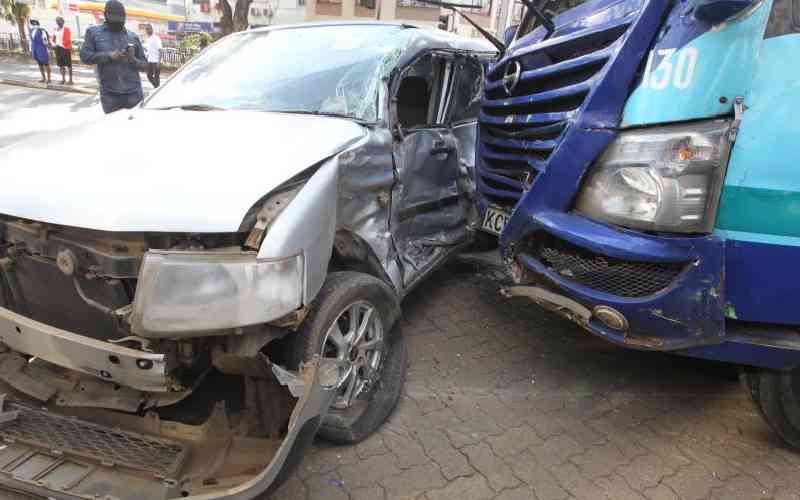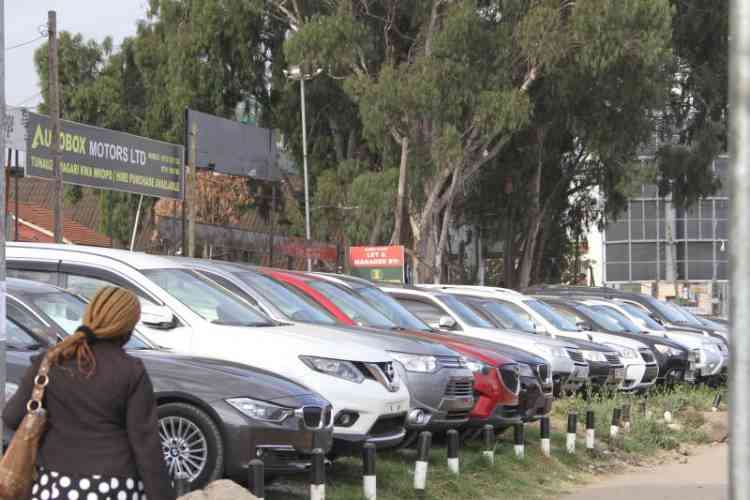
Insurance plays a vital role in safeguarding individuals and businesses from financial losses in the event of unexpected occurrences.
In Kenya, motor vehicle insurance is particularly common and legally mandatory. There are two primary types of motor insurance covers available: comprehensive insurance and third-party insurance.
Understanding the distinctions between these options, and how to file claims under each, is essential for every vehicle owner
Comprehensive insurance
Comprehensive insurance is the most inclusive form of vehicle cover in Kenya. It provides protection not only against damage to third-party vehicles or property but also for the insured’s own vehicle.

This type of insurance typically covers accidents, fire, theft, natural disasters (such as floods), and vandalism. Additionally, some comprehensive policies may include benefits such as roadside assistance, personal accident cover, and windscreen damage.
Usually the benefits come with added premiums but at a very affordable price. For the windscreen majority of insurers have a limit of Sh30,000 to Sh100,000 that is extended for free, any amount above the free limit is charged.
Peace of mind
Due to its extensive coverage, comprehensive insurance comes with higher premiums than third-party insurance, but the broad scope of protection can offer significant peace of mind in the event of major damage or loss.
Third-party insurance
Third-party insurance is the minimum legal requirement for all vehicles operating on Kenyan roads. This cover only protects the insured from liability for injuries or damage caused to other people (third parties) or their property. It does not provide any compensation for damage to the insured’s own vehicle.
This type of insurance is ideal for individuals seeking to meet the minimum legal requirement at a lower cost.
While it is more affordable, it offers limited protection and may result in significant out-of-pocket expenses if the insured’s vehicle is damaged in an accident.
Important note: Both comprehensive and third party insurance have deductible.
Stay informed. Subscribe to our newsletter
A deductible is the amount of money you agree to pay out-of-pocket for covered losses before your car insurance policy starts to pay for repairs or other expenses.
It’s essentially a portion of the claim you’re responsible for, and the insurance company covers the remaining costs.
The deductible is outlined in your policy schedule, hence its of great importance to have your schedule and policy document for reference.
The claims process in Kenya
The claims process for both types of insurance is generally similar, although the scope of compensation differs.
In conclusion, choosing between comprehensive and third-party insurance in Kenya depends on your vehicle’s value, your budget, and the level of risk you are willing to bear.
Regardless of the type, understanding the claims process ensures smoother handling of incidents when they occur.
The writer is an insurance expert